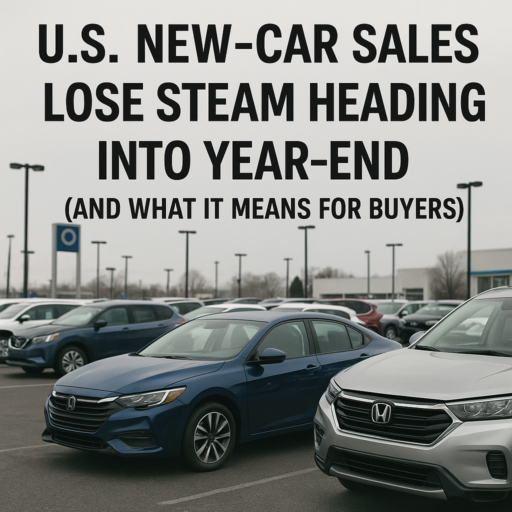In a seismic development for the automotive industry, Tesla, led by entrepreneur Elon Musk, is initiating its most extensive recall ever, affecting over two million vehicles in the United States.
This momentous decision follows a meticulous two-year investigation by the National Highway Traffic Safety Administration (NHTSA) into autopilot system defects, exposing critical safety concerns.

Tesla’s Autopilot Crisis: Two Million Vehicles Face Recall (PDF)
Autopilot Defects Unveiled
Tesla’s recall casts a wide net, encompassing models Y, S, 3, and X manufactured between October 5, 2012, and December 7, 2023. The NHTSA’s probe highlighted inadequacies in the autopilot software controls, specifically noting their potential failure to prevent driver misuse.
This revelation underscores the delicate balance between the promise of automated technology and the imperative for responsible deployment to enhance safety.
Roots of the Recall
The genesis of the NHTSA’s investigation can be traced back to August 2021 when reports of fatal crashes involving autopilot were brought to light. Acting NHTSA Administrator Ann Carlson emphasized a crucial finding: drivers were not consistently attentive when relying on the autopilot feature.
Tesla, in response, has committed to implementing new safety measures, acknowledging the need to rectify existing defects and enhance safeguards.
Expert Opinions and Industry Impact
While the recall has been recognized as a positive step, some experts express reservations about its scope. Notably, concerns are raised regarding older Tesla models lacking adequate hardware for effective driver monitoring.
Beyond the immediate impact on Tesla, the incident reverberates across the autonomous vehicle industry, prompting reflections on safety standards and the future trajectory of self-driving technology.
Challenges of Driverless Car AI
The recall amplifies the broader challenges confronting driverless car technology. Incidents such as misidentifying road objects and operational hurdles faced by “robotaxis” underscore the limitations of current AI algorithms. These algorithms, lacking human-like understanding and advanced contextual reasoning, struggle to interpret complex visual cues and engage in social interactions integral to safe driving.
The Future of Autonomous Vehicles
The incident serves as a stark reminder of the need for cutting-edge algorithms capable of human-like thinking, social interaction, adaptation to diverse situations, and continual learning. The article delves into the imperative for collaborative efforts involving diverse experts—from car manufacturers to policymakers and computer scientists to social behavior scientists. Establishing robust frameworks and standards emerges as a necessity for the successful integration of AI-driven vehicles into real-world traffic scenarios.
Tesla’s Response and Industry Dynamics
Tesla’s commitment to addressing the autopilot issues through an over-the-air software update showcases the agility of its technological infrastructure. Despite the recall, industry analysts anticipate that it may not significantly impede Tesla’s momentum, given the company’s financial prowess.
This incident underscores the ongoing need for stringent safety protocols and standards, emphasizing the importance of continual refinement in the development and deployment of autonomous driving systems.
The recall of over two million Tesla vehicles in the U.S. marks a pivotal moment for the autonomous vehicle industry. It serves as a call to action, emphasizing the critical importance of responsible deployment, robust safety measures, and collaborative endeavors among stakeholders.
As the industry learns from this incident, the road to fully autonomous vehicles requires continual refinement, unwavering commitment to safety, and a forward-looking approach to address the challenges and opportunities on the horizon.





